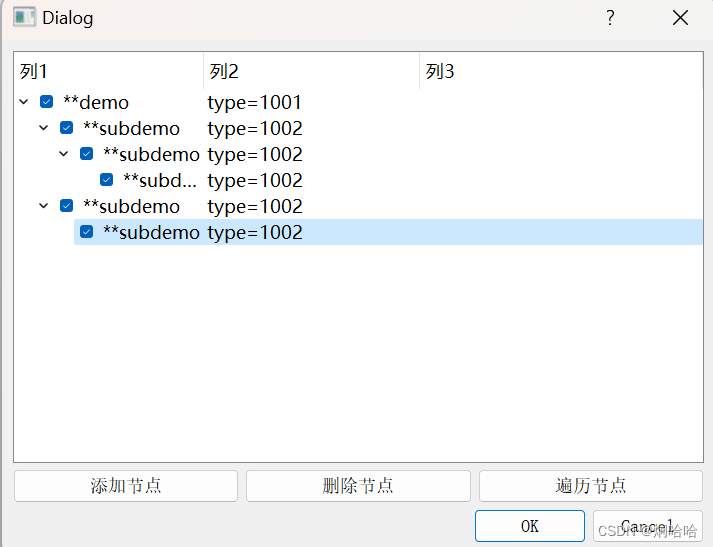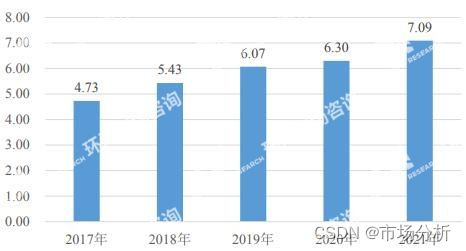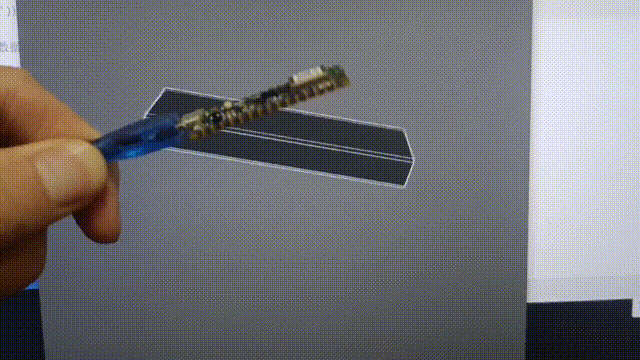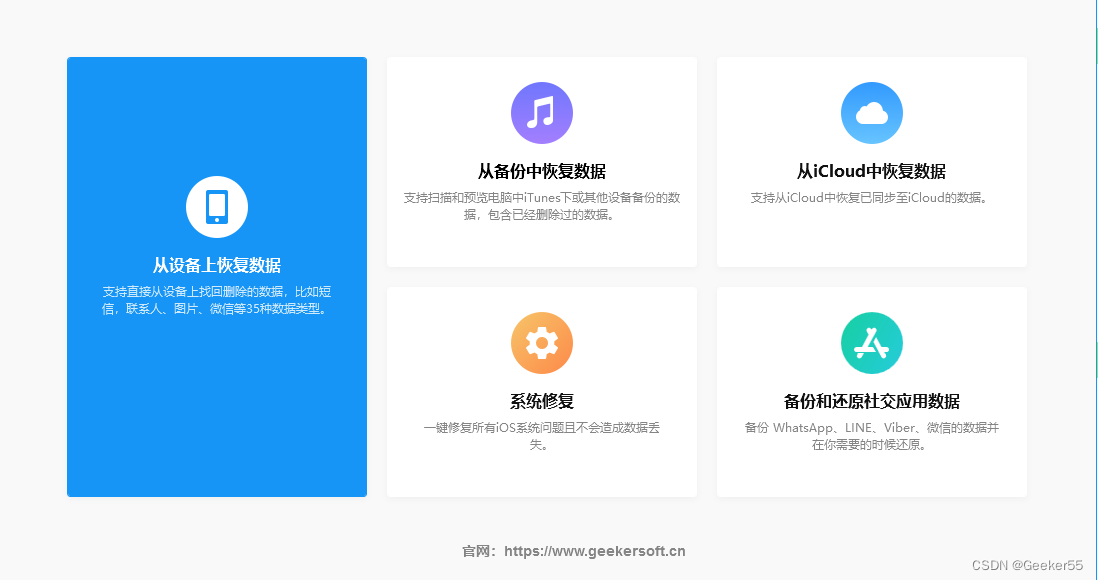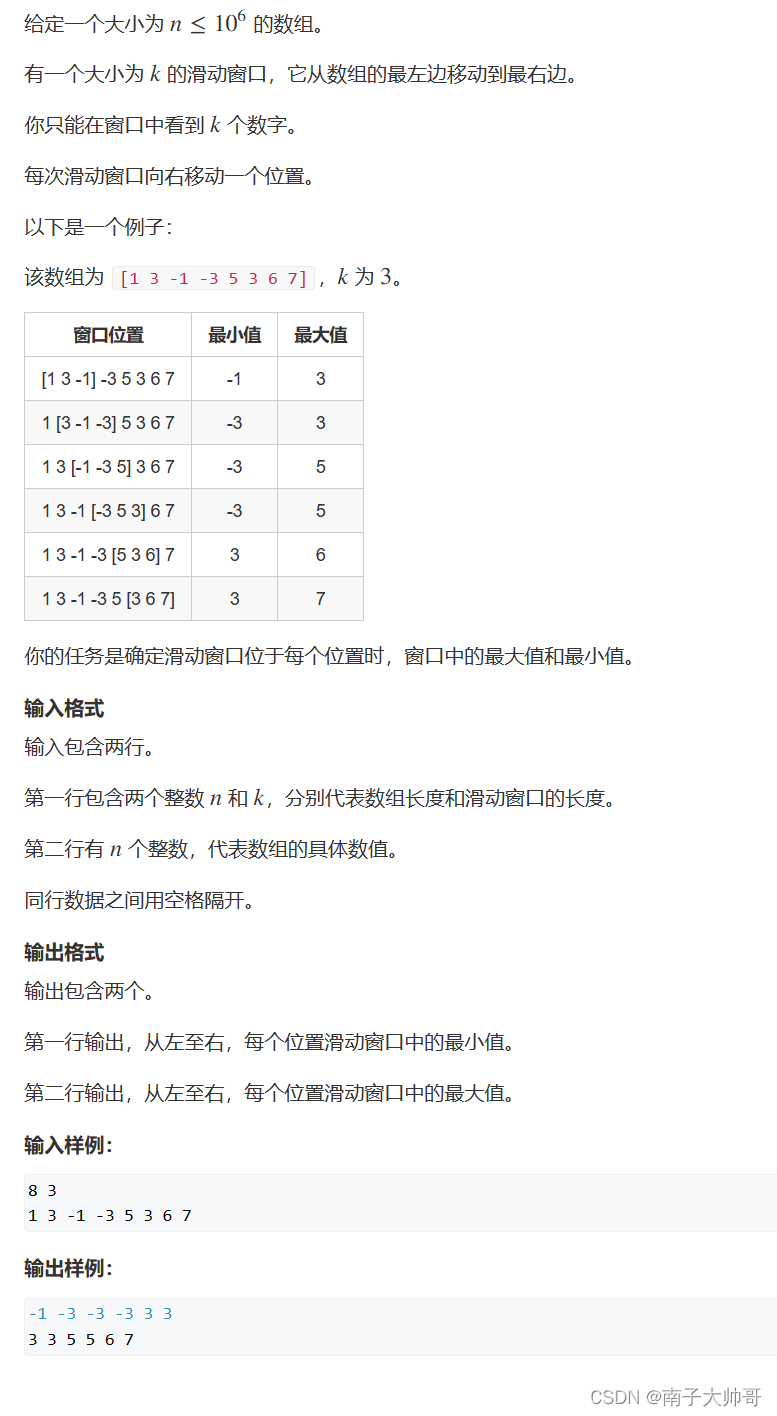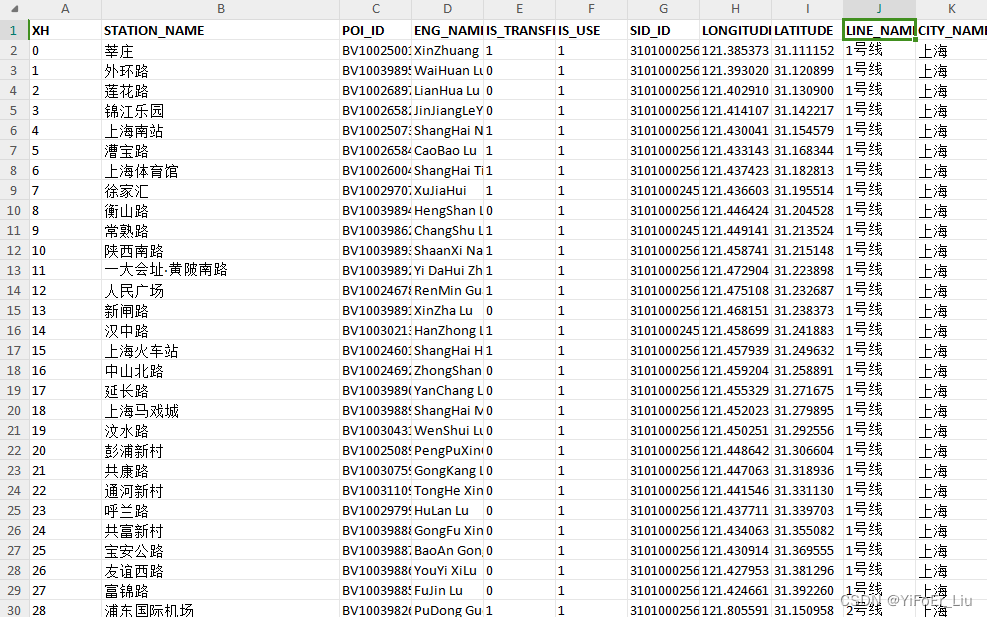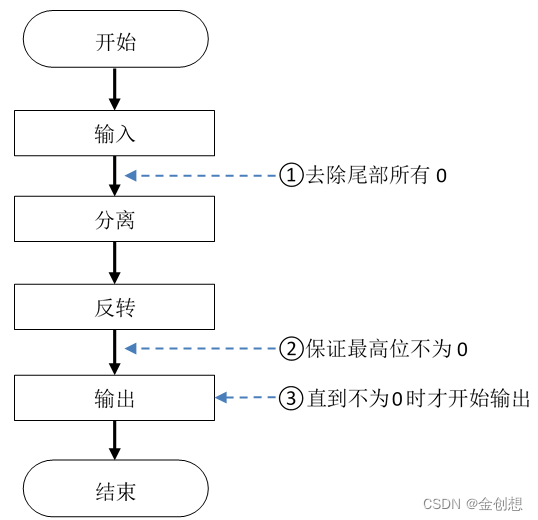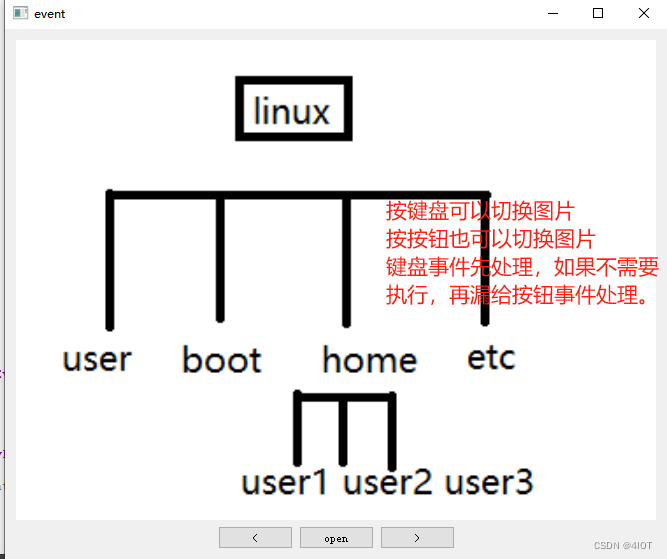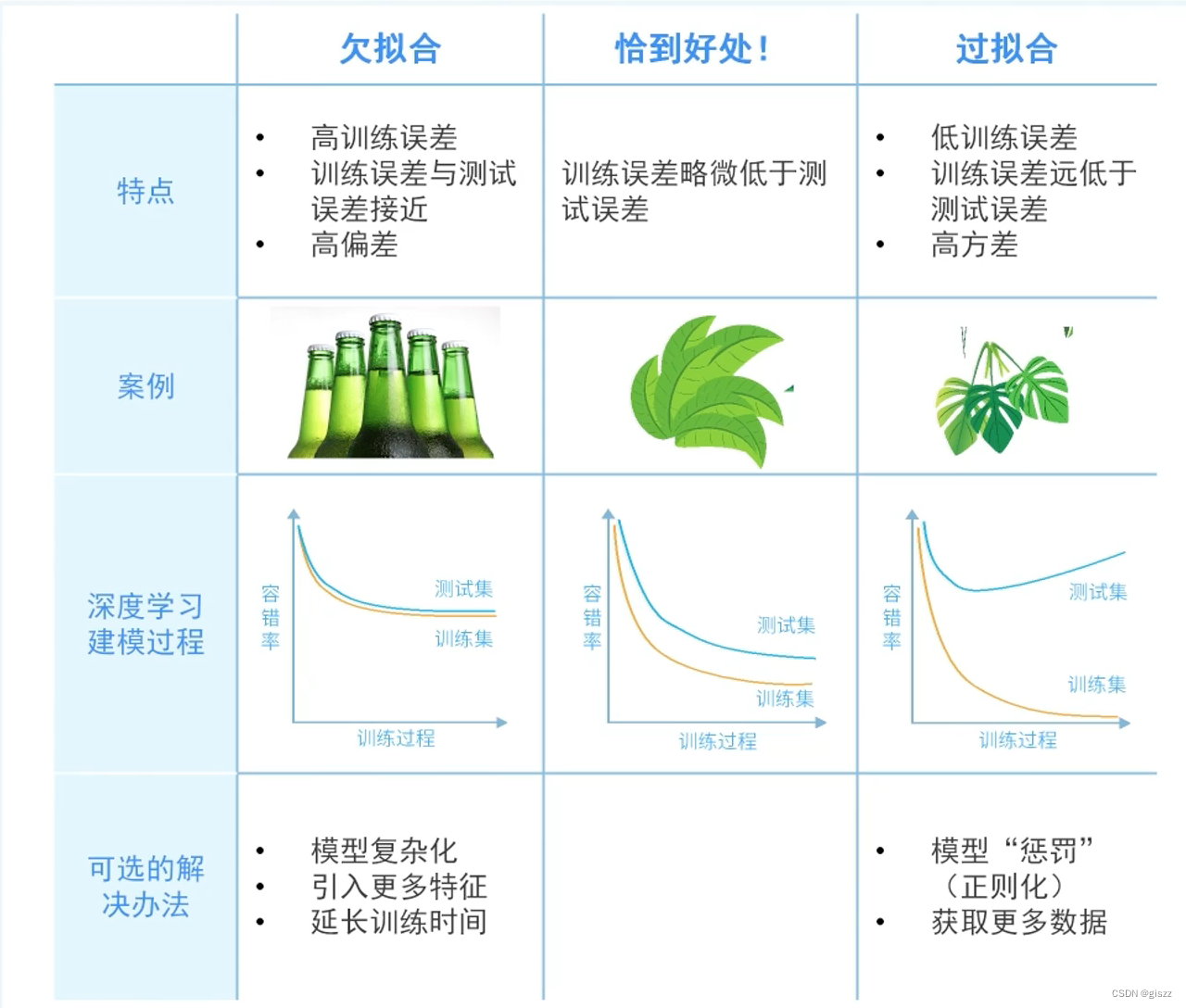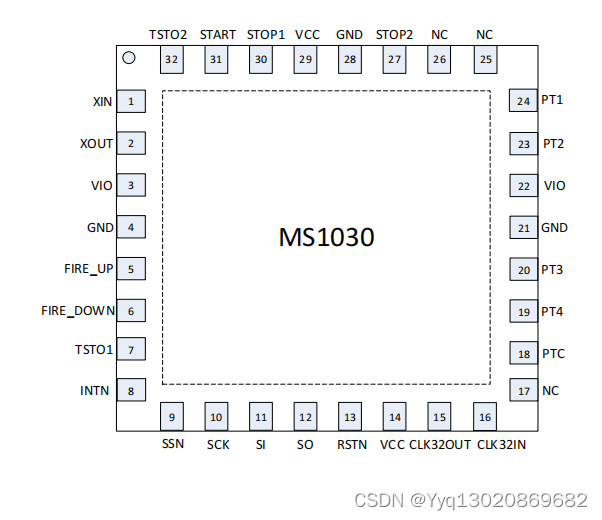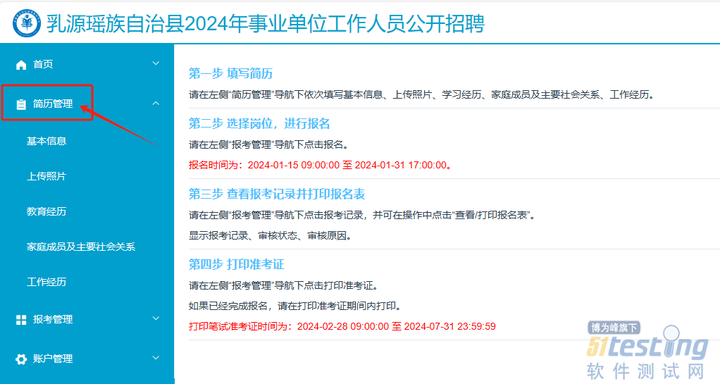Vue2+ElementUI列表组件的封装:引言
在日常开发中,我们经常会遇到需要展示列表数据的场景。ElementUI 提供的 el-table 组件是一个功能强大的表格组件,可以满足大部分的需求。但是,在实际应用中,我们往往需要根据业务需求对 el-table 组件进行二次封装,以提高开发效率和代码的复用性。
本文将介绍 Vue2+ElementUI 列表组件的封装方法,包括:
- 封装思路
- 常见功能的实现
- 代码示例
- 注意点
封装思路
封装 el-table 组件的思路是将其作为一个独立的组件,对外暴露必要的属性和方法,并通过插槽机制来定制表格的内容。
具体来说,我们可以将 el-table 组件的封装分为以下几个步骤:
- 定义组件的 props,用于接收外部传入的数据和配置。
- 在组件内部,使用 el-table 组件来渲染表格。
- 通过插槽机制来定制表格的内容,例如表头、表尾、操作列等。
- 暴露一些方法,用于控制表格的操作,例如刷新、排序、筛选等。
创建组件模板并测试使用
创建组件,名为:H3yunTableCompV1,这是子组件
<template>
<div>
<el-table
ref="multipleTable"
tooltip-effect="dark"
style="width: 100%"
>
<el-table-column
type="index">
</el-table-column>
</el-table>
</div>
</template>
<script>
export default {
name: "H3yunTableCompV1",
data() {
return {}
},
methods: {}
}
</script>
<style scoped>
</style>
创建测试类并使用上面的组件,方便测试。注意:导入组件时注意路径。这是父组件。
<template>
<div class="container" style="min-height: 100%; padding-bottom: 100px;">
<H3yunTableCompV1></H3yunTableCompV1>
</div>
</template>
<script>
import H3yunTableCompV1 from "../../components/table/H3yunTableCompV1";
export default {
props: [],
components: {
H3yunTableCompV1
},
data() {
return {}
},
watch: {},
computed: {},
beforeCreate() {
},
created() {
},
beforeMount() {
},
mounted() {
},
beforeUpdate() {
},
updated() {
},
destroyed() {
},
methods: {},
}
</script>
<style scoped>
.container {
}
</style>
父、子组件传值
父组件编写表格对象并传递给子组件。
<H3yunTableCompV1 :data="tableObj"></H3yunTableCompV1>
data() {
return {
// 这个对象可以从后端获取,下面是一些示例数据
tableObj: {
// 数据列 - 即el-table-column组件中的属性
columns: [
{prop: 'date', label: '日期', width: '180'},
{prop: 'name', label: '名字', width: '180'},
{prop: 'address', label: '地址', width: '180'}
]
}
}
}
子组件接收值并处理
export default {
name: "H3yunTableCompV1",
data() {
return {
// 表格对象 -- 1
tableObj: {
columns: []
}
}
},
// 接收父组件传递过来的值
props: {
// 接收父组件传递过来的data数据,类型为Object -- 2
data: Object
},
watch: {
// 监控父组件中的data,保证子组件中的tableObj与父组件一致 -- 3
data: {
deep: true, // 深度监控
immediate: true, // 在组件创建时立即触发
handler(newVal, oldVal) {
this.init(newVal) // 初始化
}
}
},
methods: {
// 初始化方法 -- 4
init(newVal) {
for (const key in newVal) {
// 如果父组件传的值能与tableObj的属性匹配,比如父子组件都有tableObj.columns,则会进入这个if
if (Object.keys(this.tableObj).includes(key)) {
// 比如:tableObj.columns = newVal.columns
this.tableObj[key] = newVal[key]
}
}
}
}
}
子组件循环 columns
<el-table
ref="multipleTable"
tooltip-effect="dark"
style="width: 100%"
>
<el-table-column
type="index">
</el-table-column>
<el-table-column
v-for="(column,key) in tableObj.columns"
:key="key"
:prop="column.prop"
:label="column.label"
:width="column.width"
>
</el-table-column>
</el-table>
效果如下
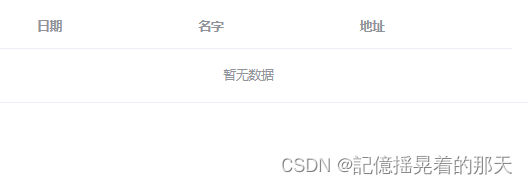
列隐藏
比如说我想隐藏ID列。我给id这个配置添加一个属性为hide:true。
tableObj: {
// 数据列 - 即el-table-column组件中的属性
columns: [
{prop: 'id', label: 'ID', width: '80', hide: true},
{prop: 'date', label: '日期', width: '180'},
{prop: 'name', label: '名字', width: '180'},
{prop: 'address', label: '地址', width: '180'}
]
}
id列未隐藏之前的效果。

子组件的el-table-column循环时加个属性v-if="!column.hide"。注意:这里使用v-show的话是不起作用的。
<el-table-column
v-for="(column,key) in tableObj.columns"
:key="key"
:prop="column.prop"
:label="column.label"
:width="column.width"
v-if="!column.hide"
>
</el-table-column>
隐藏后的效果

插槽 - 文字链接
先看效果,标题列是通过插槽的方式插入的。

子组件使用v-if去判断是否是插槽去做分别处理。下面是完整的代码,里面使用了临时数据,后面会通过父组件传递。
<template>
<div>
<el-table
ref="multipleTable"
tooltip-effect="dark"
style="width: 100%"
:data="tableData"
@selection-change="handleSelectionChange"
>
<!--多选-->
<el-table-column
type="selection"
width="55">
</el-table-column>
<!--序号-->
<el-table-column
type="index">
</el-table-column>
<!--插槽处理-->
<template v-for="(column,key) in tableObj.columns">
<el-table-column
:key="key"
:prop="column.prop"
:label="column.label"
:width="column.width"
v-if="column.type == 'slot'"
>
<template slot-scope="scope">
<slot :name="column.slot_name" :row="scope.row"></slot>
</template>
</el-table-column>
<el-table-column
:key="key"
:prop="column.prop"
:label="column.label"
:width="column.width"
v-else-if="!column.hide"
>
</el-table-column>
</template>
</el-table>
</div>
</template>
<script>
export default {
name: "H3yunTableCompV1",
data() {
return {
// 表格对象 -- 1
tableObj: {
columns: []
},
tableData: [{
id: 1,
title: '标题1',
date: '2016-05-02',
name: '王小虎',
address: '上海市普陀区金沙江路 1518 弄',
tag: '家'
}, {
id: 2,
title: '标题2',
date: '2016-05-04',
name: '王小虎',
address: '上海市普陀区金沙江路 1517 弄',
tag: '公司'
}, {
id: 3,
title: '标题3',
date: '2016-05-01',
name: '王小虎',
address: '上海市普陀区金沙江路 1519 弄',
tag: '家'
}]
}
},
// 接收父组件传递过来的值
props: {
// 接收父组件传递过来的data数据,类型为Object -- 2
data: Object
},
watch: {
// 监控父组件中的data,保证子组件中的tableObj与父组件一致 -- 3
data: {
deep: true, // 深度监控
immediate: true, // 在组件创建时立即触发
handler(newVal, oldVal) {
this.init(newVal) // 初始化
}
}
},
methods: {
handleSelectionChange(val) {
this.multipleSelection = val;
},
// 初始化方法 -- 4
init(newVal) {
for (const key in newVal) {
// 如果父组件传的值能与tableObj的属性匹配,比如父子组件都有tableObj.columns,则会进入这个if
if (Object.keys(this.tableObj).includes(key)) {
// 比如:tableObj.columns = newVal.columns
this.tableObj[key] = newVal[key]
}
}
}
}
}
</script>
<style scoped>
</style>
父组件使用template的v-slot:插槽名去处理插槽。这里是拿到了整行数据而不仅仅是title这一列,里面的内容完全是自定义的。
<H3yunTableCompV1 :data="tableObj">
// 处理标题插槽
<template v-slot:title_slot="scope">
<el-link type="primary">{{ scope.row.title }}</el-link>
</template>
</H3yunTableCompV1>
export default {
components: {
H3yunTableCompV1
},
data() {
return {
// 这个对象可以从后端获取,下面是一些示例数据
tableObj: {
// 数据列 - 即el-table-column组件中的属性
columns: [
{prop: 'title', label: '标题', width: '180', type: 'slot', slot_name: 'title_slot'}, // 定义标题列是插槽
{prop: 'date', label: '日期', width: '180'},
{prop: 'name', label: '名字', width: '180'},
{prop: 'address', label: '地址', width: '180'}
]
}
}
}
}
插槽 - 按钮
注意:插槽 - 按钮这个示例是在上一个示例的基础上的。
效果如下:

增加列,并定义插槽的名称为operate_slot
{prop: 'operate', label: '操作', width: '180', type: 'slot', slot_name: 'operate_slot'}
 插槽处理
插槽处理
<H3yunTableCompV1 :data="tableObj">
// 标题 - 插槽
<template v-slot:title_slot="scope">
<el-link type="primary">{{ scope.row.title }}</el-link>
</template>
// 操作 - 插槽
<template v-slot:operate_slot="scope">
<el-button-group>
<el-button type="primary" disabled>编辑</el-button>
<el-button type="primary" disabled>删除</el-button>
</el-button-group>
</template>
</H3yunTableCompV1>
分页
效果如下:
代码改动比较多,下面直接上代码。
父组件如下,主要增加与后端联动。
<template>
<div class="container" style="min-height: 100%; padding-bottom: 100px;">
<H3yunTableCompV1 :data="tableObj">
// 标题 - 插槽
<template v-slot:fnsku_slot="scope">
<el-link type="primary">{{ scope.row.fnsku }}</el-link>
</template>
// 操作 - 插槽
<template v-slot:operate_slot="scope">
<el-button-group>
<el-button type="primary" disabled>编辑</el-button>
<el-button type="primary" disabled>删除</el-button>
</el-button-group>
</template>
</H3yunTableCompV1>
</div>
</template>
<script>
import H3yunTableCompV1 from "../../components/table/H3yunTableCompV1";
export default {
props: [],
components: {
H3yunTableCompV1
},
data() {
return {
// 这个对象可以从后端获取,下面是一些示例数据
tableObj: {
http: {
// 这个url你们需要写成完整的url
url: '/logisticSalesPrediction/list',
params: {},
// url返回结果的数据结构,
result: {
// 表格内容表示是在result.records中获取
list: 'records',
// 数据量总数是在result.total中获取
total: 'total'
}
},
pageNum: 1,
pageSize: 10,
total: 0,
// 数据列 - 即el-table-column组件中的属性
columns: [
{prop: 'fnsku', label: 'fnsku', width: '180', type: 'slot', slot_name: 'fnsku_slot'}, // 定义标题列是插槽
{prop: 'isSeason', label: '是否是时令性产品', width: '180'},
{prop: 'activityIncrement', label: '活动增量', width: '180'},
{prop: 'prediction', label: '销量预测', width: '180'},
]
}
}
},
methods: {},
}
</script>
<style scoped>
.container {
}
</style>
下面是子组件的代码。
首先,在table标签下面增加了分页组件,其次增加了axios的请求,与响应结果的处理。细节部分呢,就是切换页码,页大小和序号。
<template>
<div>
<el-table
ref="multipleTable"
tooltip-effect="dark"
style="width: 100%"
:data="tableData"
@selection-change="handleSelectionChange"
>
<!--多选-->
<el-table-column
type="selection"
width="55">
</el-table-column>
<!--序号-->
<el-table-column
type="index"
:index="calIndex"
>
</el-table-column>
<!--插槽处理-->
<template v-for="(column,key) in tableObj.columns">
<el-table-column
:key="key"
:prop="column.prop"
:label="column.label"
:width="column.width"
v-if="column.type == 'slot'"
>
<template slot-scope="scope">
<slot :name="column.slot_name" :row="scope.row"></slot>
</template>
</el-table-column>
<el-table-column
:key="key"
:prop="column.prop"
:label="column.label"
:width="column.width"
v-else-if="!column.hide"
>
</el-table-column>
</template>
</el-table>
<div>
<el-pagination
@size-change="handleSizeChange"
@current-change="handleCurrentChange"
:current-page="tableObj.pageNum"
:page-sizes="[10, 20, 50, 100]"
:page-size="tableObj.pageSize"
layout="total, sizes, prev, pager, next, jumper"
:total="tableObj.total">
</el-pagination>
</div>
</div>
</template>
<script>
import request from "../../utils/request";
export default {
name: "H3yunTableCompV1",
data() {
return {
// 表格对象 -- 1
tableObj: {
http: {
url: undefined,
params: {},
result: {
list: undefined,
total: undefined
}
},
pageNum: 1,
pageSize: 10,
total: 0,
columns: []
},
tableData: []
}
},
// 接收父组件传递过来的值
props: {
// 接收父组件传递过来的data数据,类型为Object -- 2
data: Object
},
watch: {
// 监控父组件中的data,保证子组件中的tableObj与父组件一致 -- 3
data: {
deep: true, // 深度监控
immediate: true, // 在组件创建时立即触发
handler(newVal, oldVal) {
this.init(newVal) // 初始化
}
}
},
// 挂载之前加载数据
beforeMount() {
this.load()
},
methods: {
// 计算序号
calIndex(index) {
return (this.tableObj.pageNum - 1) * (this.tableObj.pageSize) + index + 1
},
// 构建查询参数
buildParams() {
const params = this.tableObj.http.params
params.pageNum = this.tableObj.pageNum
params.pageSize = this.tableObj.pageSize
return params
},
// 解析构建结果 - 为了适配 list: 'data.records',做一下处理
buildResult(data, key) {
const keys = key.split('.')
let res = data
for (const key of keys) {
res = res[key]
}
return res
},
// 加载后端数据
load() {
// request对axios进行了一层封装
request.post(this.tableObj.http.url, this.buildParams()).then(pageObj => {
// 后端返回结果,需要的字段在哪不写死
this.tableData = this.buildResult(pageObj, this.tableObj.http.result.list)
this.tableObj.total = this.buildResult(pageObj, this.tableObj.http.result.total)
})
},
// 更改每页数量
handleSizeChange(val) {
this.tableObj.pageSize = val
this.tableObj.pageNum = 1
this.load()
},
// 页码切换
handleCurrentChange(val) {
this.tableObj.pageNum = val
this.load()
},
// 多选
handleSelectionChange(val) {
this.multipleSelection = val;
},
// 初始化方法 -- 4
init(newVal) {
for (const key in newVal) {
// 如果父组件传的值能与tableObj的属性匹配,比如父子组件都有tableObj.columns,则会进入这个if
if (Object.keys(this.tableObj).includes(key)) {
// 比如:tableObj.columns = newVal.columns
this.tableObj[key] = newVal[key]
}
}
}
}
}
</script>
<style scoped>
</style>
